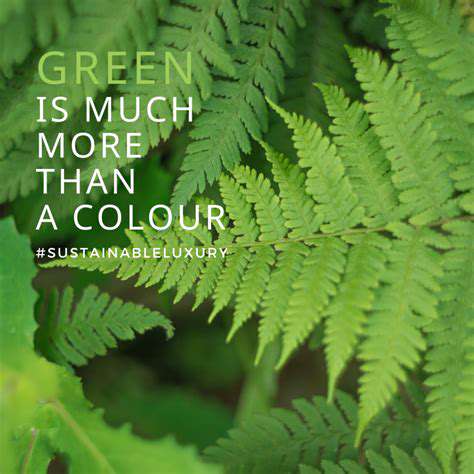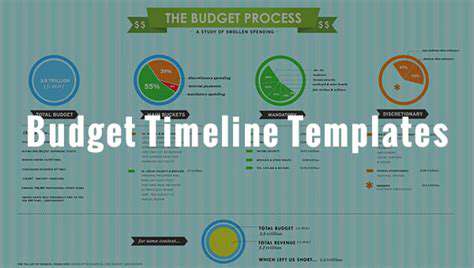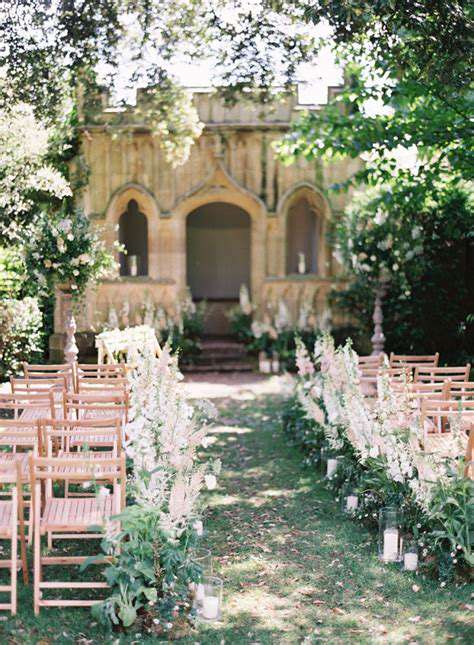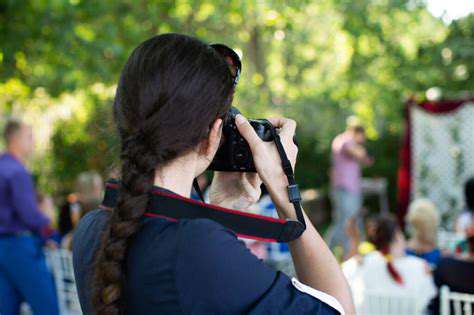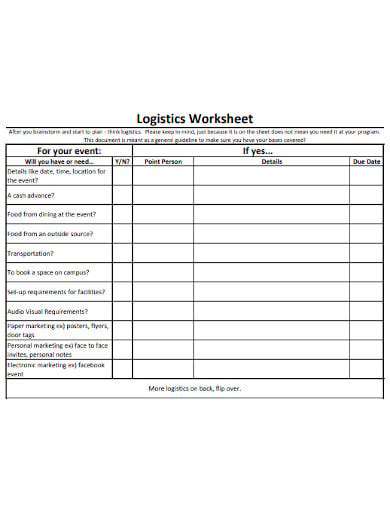How to Plan a Beach Wedding with Chic, Casual Vibes
Weather and Seasonality
Local vendors know best - ask them about microclimates. That picturesque cove might get wind tunnels in the afternoon, while the less photogenic spot stays calm. Always have a weather contingency, but make it feel intentional. A clear-top tent with side panels ready to deploy maintains the beach vibe while providing shelter.
Beach Characteristics
The sand texture matters more than you'd think. Powdery sand sticks to everything, while coarse sand stays put but hurts bare feet. Consider providing foot wash stations and flip-flop baskets. If your crowd includes seniors or mobility-challenged guests, look for beaches with boardwalk access or packed sand pathways.
Budget and Costs
Hidden fees can sink your budget fast. Ask about: beach restoration fees, security deposit requirements, and overtime charges. Some municipalities require expensive permits for amplified sound after certain hours. Negotiate package deals with vendors who regularly work your chosen beach - they know the system.
Catering and Services
Beach catering requires special planning. Food tents need weighted bases, chafing dishes require wind guards, and all serviceware should be compostable. I recommend choosing a caterer with extensive beach experience - they'll know tricks like pre-chilling salad plates and using sand anchors for buffet tables.
Guest Experience
Think beyond the obvious. Provide sunscreen stations, misting fans for hot days, and pashminas for when the sea breeze kicks up. A well-stocked beach rescue basket with tide charts, local FAQs, and blister bandaids shows thoughtfulness. For destination events, include a local guide to hidden beach gems in your welcome bags.
Crafting the Perfect Guest Experience
Setting the Mood: Coastal Elegance
The secret to beach decor lies in subtlety. Overdone themes feel tacky - let the natural beauty shine through. Use organic materials like bleached wood and woven seagrass that complement rather than compete with the surroundings. For evening events, low-level lighting (think hurricane globes with flameless candles) prevents light pollution that obscures the stars.
Timing is everything. Schedule your ceremony to coincide with golden hour, when the light is magical but the sun isn't blinding. Have ushers distribute chilled towels and sunglasses if you must have a midday event. The most memorable beach weddings I've attended used the environment as their backdrop rather than trying to transform it.
Food and Drink: Refreshing Delights
Heat and humidity change everything. Skip the buttercream cakes and opt for stabilized whipped cream or ganache frostings that won't melt. Interactive food stations (ceviche bars, build-your-own fish tacos) keep guests engaged while allowing for fresh preparation. For beverages, consider coconut water shots or frozen fruit skewers as palate cleansers between courses.
Activities and Entertainment
Balance structured and free time. Guests appreciate organized activities but also want moments to enjoy the beach privately. Instead of forcing group games, set up self-serve activity stations: a polaroid guestbook corner, a sandcastle-building area with prizes, or a guided shell-collecting walk. For evening events, a bonfire with s'mores kits and blankets encourages mingling.
Guest Experience: Beyond the Essentials
Anticipate needs before they arise. Create a beach butler station stocked with everything from phone charging lockers to spare swimsuit coverups. Provide clear signage in multiple languages if you have international guests. For large events, consider renting golf carts to transport guests from parking areas - especially helpful for elderly attendees or those carrying gifts.
Enhancing the Aesthetics with Décor and Entertainment

Elevating the Visual Appeal
Successful beach design follows the less is more philosophy. Choose three cohesive elements and repeat them thoughtfully rather than scattering multiple themes. For example, carry your shell motif from the invitations to the centerpieces to the cake topper. This creates visual harmony without overwhelming the senses.
Exploring Color Theory
Beach palettes should feel organic. Pair your main color with two neutrals (like seafoam green, sand, and driftwood gray) for balance. Avoid pure whites that will glare in sunlight - opt for eggshell or linen tones instead. For evening events, deep blues and golds complement sunset hues beautifully.
Incorporating Texture and Pattern
Nature provides the best textures. Use woven rattan chargers, linen napkins, and rough-cut glassware to echo the beach's organic feel. For patterns, subtle wave motifs or coral prints work better than obvious anchors and starfish. Mix smooth and rough surfaces to create visual interest - a polished wood table with burlap runners makes a perfect combination.
Strategic Lighting Design
Lighting should enhance, not fight, the natural environment. Use warm-toned LEDs in lanterns rather than harsh white spotlights. For pathways, low-voltage ground lighting is safer than torches in windy conditions. My favorite trick: string Edison bulbs between palm trees at varying heights to create a starry canopy effect.
Accessorizing for Style
Choose functional decor. Decorative items should serve dual purposes - a beautiful basket can hold programs then later store guest shoes. For centerpieces, use weighted vases that won't tip in breezes. The most successful beach events I've seen incorporated local finds like coral pieces or sea glass collected by the couple.
